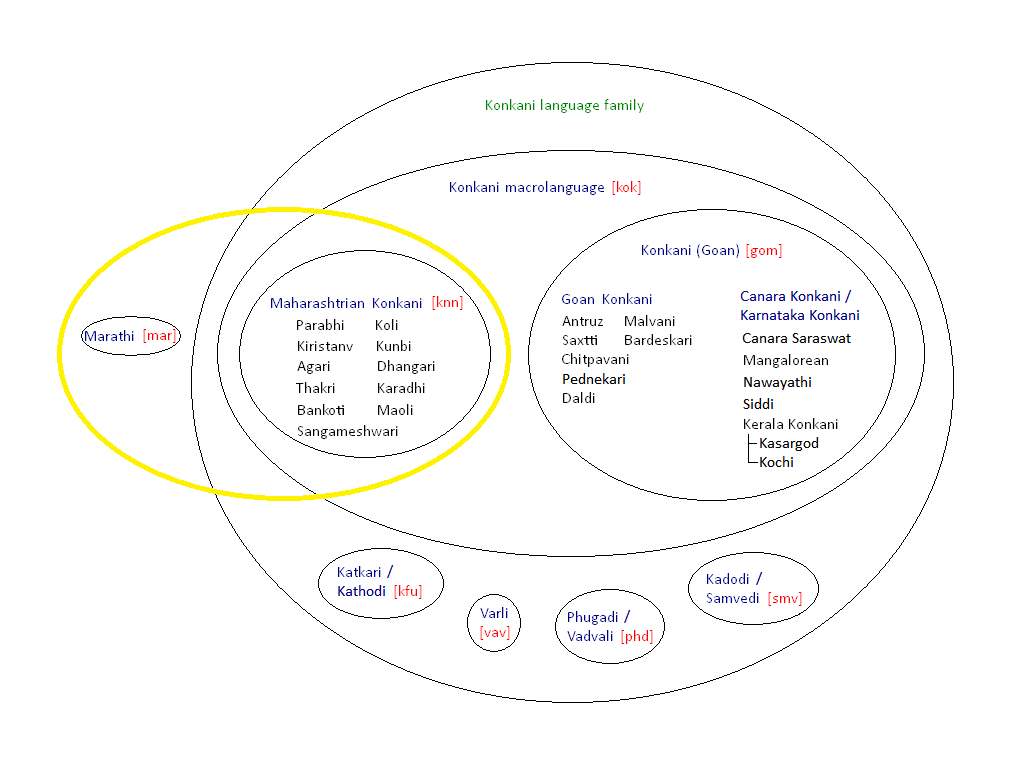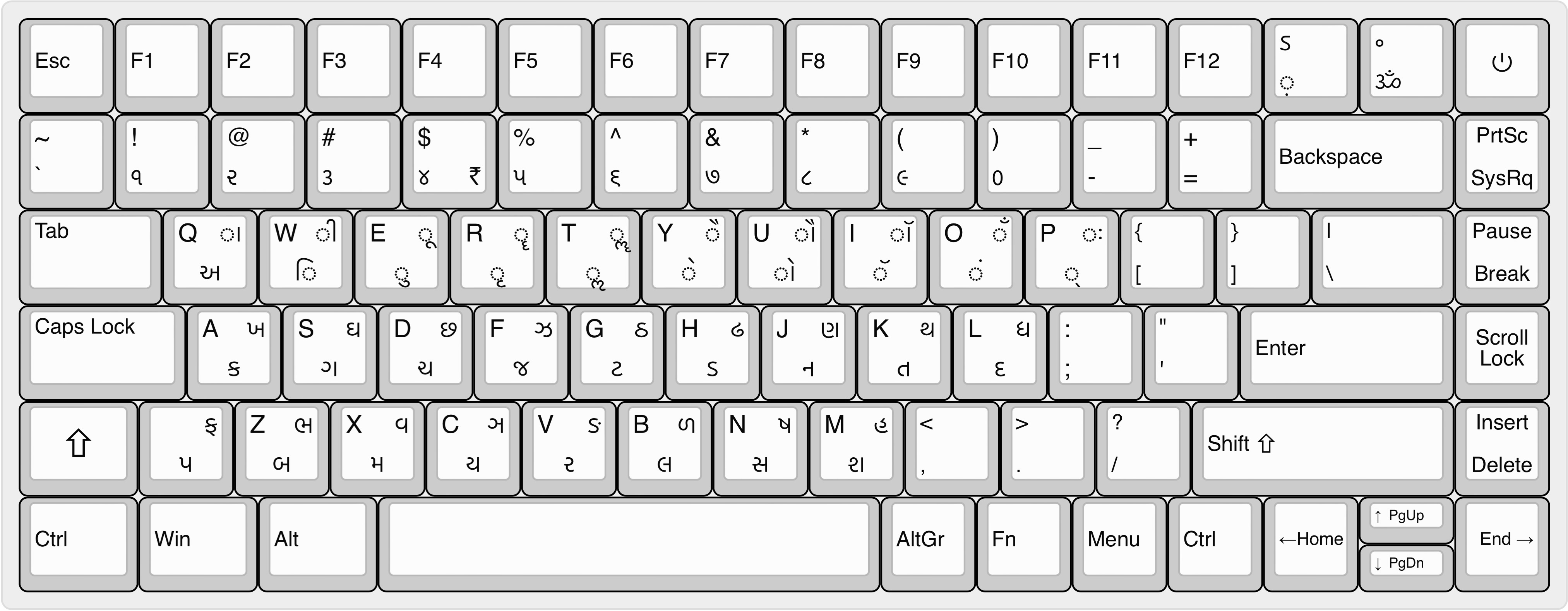|
Varli Language
Varli or Warli is an Indo-Aryan language spoken by the Warli people. The language is usually classified as Marathi, but sometimes as Konkani or Bhil Bhil or Bheel is an ethnic group in western India. They speak the Bhil languages, a subgroup of the Western Zone of the Indo-Aryan languages. As of 2013, Bhils were the largest tribal group in India. Bhils are listed as tribal people of the s .... References External links Varli Phonology and Grammar Sketches (archive.org) Southern Indo-Aryan languages [...More Info...] [...Related Items...] OR: [Wikipedia] [Google] [Baidu] |
India
India, officially the Republic of India (Hindi: ), is a country in South Asia. It is the seventh-largest country by area, the second-most populous country, and the most populous democracy in the world. Bounded by the Indian Ocean on the south, the Arabian Sea on the southwest, and the Bay of Bengal on the southeast, it shares land borders with Pakistan to the west; China, Nepal, and Bhutan to the north; and Bangladesh and Myanmar to the east. In the Indian Ocean, India is in the vicinity of Sri Lanka and the Maldives; its Andaman and Nicobar Islands share a maritime border with Thailand, Myanmar, and Indonesia. Modern humans arrived on the Indian subcontinent from Africa no later than 55,000 years ago., "Y-Chromosome and Mt-DNA data support the colonization of South Asia by modern humans originating in Africa. ... Coalescence dates for most non-European populations average to between 73–55 ka.", "Modern human beings—''Homo sapiens''—originated in Africa. Then, int ... [...More Info...] [...Related Items...] OR: [Wikipedia] [Google] [Baidu] |
Maharashtra
Maharashtra (; , abbr. MH or Maha) is a states and union territories of India, state in the western India, western peninsular region of India occupying a substantial portion of the Deccan Plateau. Maharashtra is the List of states and union territories of India by population, second-most populous state in India and the second-most populous country subdivision globally. It was formed on 1 May 1960 by splitting the bilingual Bombay State, which had existed since 1956, into majority Marathi language, Marathi-speaking Maharashtra and Gujarati language, Gujarati-speaking Gujarat. Maharashtra is home to the Marathi people, the predominant ethno-linguistic group, who speak the Marathi language, Marathi language, the official language of the state. The state is divided into 6 Divisions of Maharashtra, divisions and 36 List of districts of Maharashtra, districts, with the state capital being Mumbai, the List of million-plus urban agglomerations in India, most populous urban area in India ... [...More Info...] [...Related Items...] OR: [Wikipedia] [Google] [Baidu] |
Gujarat
Gujarat (, ) is a state along the western coast of India. Its coastline of about is the longest in the country, most of which lies on the Kathiawar peninsula. Gujarat is the fifth-largest Indian state by area, covering some ; and the ninth-most populous state, with a population of 60.4 million. It is bordered by Rajasthan to the northeast, Dadra and Nagar Haveli and Daman and Diu to the south, Maharashtra to the southeast, Madhya Pradesh to the east, and the Arabian Sea and the Pakistani province of Sindh to the west. Gujarat's capital city is Gandhinagar, while its largest city is Ahmedabad. The Gujaratis are indigenous to the state and their language, Gujarati, is the state's official language. The state encompasses 23 sites of the ancient Indus Valley civilisation (more than any other state). The most important sites are Lothal (the world's first dry dock), Dholavira (the fifth largest site), and Gola Dhoro (where 5 uncommon seals were found). Lothal i ... [...More Info...] [...Related Items...] OR: [Wikipedia] [Google] [Baidu] |
Warli
The Warli or ''Varli'' are an indigenous tribe (Adivasi) of western India, living in mountainous as well as coastal areas along the Maharashtra-Gujarat border and surrounding areas. They are considered by some to be a sub-caste of the Bhil tribe. The Warli have their own animistic beliefs, life, customs and traditions, and as a result of acculturation they have adopted many Hindu beliefs. The Warli speak the unwritten Varli language which belongs to the southern zone of the Indo-Aryan languages. Waralis have sub castes such as Murde varli, Davar varali. Demographics Warlis are found in Jawhar, Vikramgad, Mokhada, Dahanu and Talasari talukas of the northern Palghar district, parts of Nashik and Dhule as well as Navapur taluka of Nandurbar of Maharashtra, Valsad, Dangs, Navsari and Surat districts of Gujarat, and the union territory of Dadra and Nagar Haveli and Daman and Diu. Language The Warli speak the Varli language, classified as Marathi, with some degree of influence fro ... [...More Info...] [...Related Items...] OR: [Wikipedia] [Google] [Baidu] |
Indo-Iranian Languages
The Indo-Iranian languages (also Indo-Iranic languages or Aryan languages) constitute the largest and southeasternmost extant branch of the Indo-European languages, Indo-European language family (with over 400 languages), predominantly spoken in the Subregion, geographical subregion of United Nations geoscheme for Asia#Southern_Asia, Southern Asia. They have more than 1.5 billion speakers, stretching from Europe (Romani language, Romani), Mesopotamia (Kurdish languages, Zaza–Gorani languages, Zaza–Gorani and Kurmanji#Dialect continuum, Kurmanji Dialect continuum) and the Caucasus (Ossetian language, Ossetian, Tat language (Caucasus), Tat and Talysh language, Talysh) eastward to Xinjiang (Sarikoli language, Sarikoli) and Assam (Assamese language, Assamese), and south to Sri Lanka (Sinhala language, Sinhala) and the Maldives (Maldivian language, Maldivian), with branches stretching as far out as Oceania and the Caribbean for Fiji Hindi and Caribbean Hindustani respectively. Fur ... [...More Info...] [...Related Items...] OR: [Wikipedia] [Google] [Baidu] |
Indo-Aryan Languages
The Indo-Aryan languages (or sometimes Indic languages) are a branch of the Indo-Iranian languages in the Indo-European languages, Indo-European language family. As of the early 21st century, they have more than 800 million speakers, primarily concentrated in India, Pakistan, Bangladesh, Nepal, Sri Lanka, and Maldives. Moreover, apart from the Indian subcontinent, large immigrant and expatriate Indo-Aryan–speaking communities live in Northwestern Europe, Western Asia, North America, the Caribbean, Southeast Africa, Polynesia and Australia, along with several million speakers of Romani languages primarily concentrated in Southeast Europe, Southeastern Europe. There are over 200 known Indo-Aryan languages. Modern Indo-Aryan languages descend from Old Indo-Aryan languages such as early Vedic Sanskrit, through Middle Indo-Aryan languages (or Prakrits). The largest such languages in terms of First language, first-speakers are Hindustani language, Hindi–Urdu (),Standard Hindi firs ... [...More Info...] [...Related Items...] OR: [Wikipedia] [Google] [Baidu] |
Southern Indo-Aryan Languages
The Indo-Aryan languages (or sometimes Indic languages) are a branch of the Indo-Iranian languages in the Indo-European language family. As of the early 21st century, they have more than 800 million speakers, primarily concentrated in India, Pakistan, Bangladesh, Nepal, Sri Lanka, and Maldives. Moreover, apart from the Indian subcontinent, large immigrant and expatriate Indo-Aryan–speaking communities live in Northwestern Europe, Western Asia, North America, the Caribbean, Southeast Africa, Polynesia and Australia, along with several million speakers of Romani languages primarily concentrated in Southeastern Europe. There are over 200 known Indo-Aryan languages. Modern Indo-Aryan languages descend from Old Indo-Aryan languages such as early Vedic Sanskrit, through Middle Indo-Aryan languages (or Prakrits). The largest such languages in terms of first-speakers are Hindi–Urdu (),Standard Hindi first language: 260.3 million (2001), as second language: 120 million (1999). Urdu ... [...More Info...] [...Related Items...] OR: [Wikipedia] [Google] [Baidu] |
Marathi–Konkani Languages
The Marathi-Konkani languages are the mainland Southern Indic languages, spoken in Maharashtra and the Konkan region of India. Languages Languages are: Marathi, Konkani, Phudagi, Kadodi (Samvedi), Katkari, Varli and Andh. Several of the Marathi-Konkani languages have been variously claimed to be dialects of both Marathi and Konkani. Maharashtrian Konkani A collection of dialects of Marathi-Konkani languages spoken in the Konkan region is referred to as Maharashtrian Konkani. It is often mistakenly extended to cover Goan Konkani which is an independent language. George Abraham Grierson has referred to this dialect as the ''Konkan Standard of Marathi'' in order to differentiate it from Konkani language. The sub-dialects of Konkani gradually merge from standard Marathi into Goan Konkani from north to south Konkan. The various sub dialects are: Parabhi, Koli, Kiristanv, Kunbi, Agari, Dhangari, Thakri, Karadhi, and Maoli. These sub-dialects are together considered by the ... [...More Info...] [...Related Items...] OR: [Wikipedia] [Google] [Baidu] |
Devanagari
Devanagari ( ; , , Sanskrit pronunciation: ), also called Nagari (),Kathleen Kuiper (2010), The Culture of India, New York: The Rosen Publishing Group, , page 83 is a left-to-right abugida (a type of segmental Writing systems#Segmental systems: alphabets, writing system), based on the ancient Brahmi script, ''Brāhmī'' script, used in the northern Indian subcontinent. It was developed and in regular use by the 7th century CE. The Devanagari script, composed of 47 primary characters, including 14 vowels and 33 consonants, is the fourth most widely List of writing systems by adoption, adopted writing system in the world, being used for over 120 languages.Devanagari (Nagari) , Script Features and Description, SIL International (2013), United States The orthography of this script reflects the pr ... [...More Info...] [...Related Items...] OR: [Wikipedia] [Google] [Baidu] |
Gujarati Alphabet
The Gujarati script (, transliterated: ) is an abugida for the Gujarati language, Kutchi language, and various other languages. It is a variant of the Devanagari script differentiated by the loss of the characteristic horizontal line running above the letters and by a number of modifications to some characters. Gujarati numerical digits are also different from their Devanagari counterparts. Origin The Gujarati script () was adapted from the Nagari script to write the Gujarati language. The Gujarati language and script developed in three distinct phases — 10th to 15th century, 15th to 17th century and 17th to 19th century. The first phase is marked by use of Prakrit, Apabramsa and its variants such as Paisaci, Shauraseni, Magadhi and Maharashtri. In second phase, Old Gujarati script was in wide use. The earliest known document in the Old Gujarati script is a handwritten manuscript ''Adi Parva'' dating from 1591–92, and the script first appeared in print in a 1797 advertisem ... [...More Info...] [...Related Items...] OR: [Wikipedia] [Google] [Baidu] |
Indo-Aryan Language
The Indo-Aryan languages (or sometimes Indic languages) are a branch of the Indo-Iranian languages in the Indo-European language family. As of the early 21st century, they have more than 800 million speakers, primarily concentrated in India, Pakistan, Bangladesh, Nepal, Sri Lanka, and Maldives. Moreover, apart from the Indian subcontinent, large immigrant and expatriate Indo-Aryan–speaking communities live in Northwestern Europe, Western Asia, North America, the Caribbean, Southeast Africa, Polynesia and Australia, along with several million speakers of Romani languages primarily concentrated in Southeastern Europe. There are over 200 known Indo-Aryan languages. Modern Indo-Aryan languages descend from Old Indo-Aryan languages such as early Vedic Sanskrit, through Middle Indo-Aryan languages (or Prakrits). The largest such languages in terms of first-speakers are Hindi–Urdu (),Standard Hindi first language: 260.3 million (2001), as second language: 120 million (1999). Urdu ... [...More Info...] [...Related Items...] OR: [Wikipedia] [Google] [Baidu] |
Marathi-Konkani Languages
The Marathi-Konkani languages are the mainland Southern Indic languages, spoken in Maharashtra and the Konkan region of India. Languages Languages are: Marathi, Konkani, Phudagi, Kadodi (Samvedi), Katkari, Varli and Andh. Several of the Marathi-Konkani languages have been variously claimed to be dialects of both Marathi and Konkani. Maharashtrian Konkani A collection of dialects of Marathi-Konkani languages spoken in the Konkan region is referred to as Maharashtrian Konkani. It is often mistakenly extended to cover Goan Konkani which is an independent language. George Abraham Grierson has referred to this dialect as the ''Konkan Standard of Marathi'' in order to differentiate it from Konkani language. The sub-dialects of Konkani gradually merge from standard Marathi into Goan Konkani from north to south Konkan. The various sub dialects are: Parabhi, Koli, Kiristanv, Kunbi, Agari, Dhangari, Thakri, Karadhi, and Maoli. These sub-dialects are together considered by the ... [...More Info...] [...Related Items...] OR: [Wikipedia] [Google] [Baidu] |







